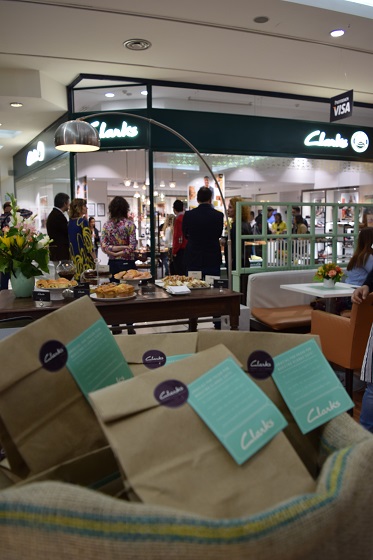#LifeStyledbyClarks
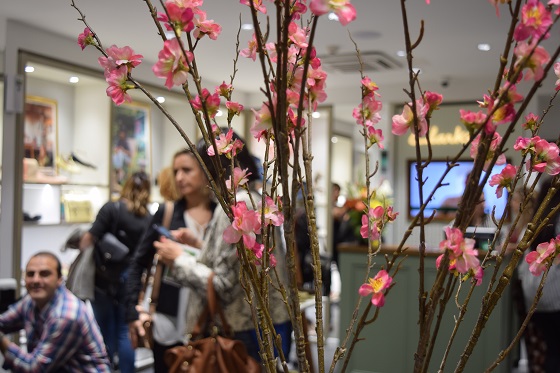
Clarks is no doubt a well-loved brand in the UK. It evokes memories of childhood, and it’s quickly associated with quality and everything there is to love about British retail. But how does this translate into global markets? How can Clarks be also so successful so far away from home?
Back in 2012, when I was still living in Edinburgh, I blogged about Clarks first steps in Uruguay. Since moving back to Uruguay early in 2013, I’ve been watching Clarks grow, not just in size, but in prestige. I have observed their careful strategy develop in front of my eyes, and I have admired the marketing efforts they have employed.
Travelling across Latin America, I have also bumped into Clarks in countries like Colombia and Chile, often sharing pictures of their stores with my Twitter followers. So when I was invited by Estudio Couture to be part of the opening of Clarks’ second store in Montevideo today, I couldn’t say no. And I was in for a treat.
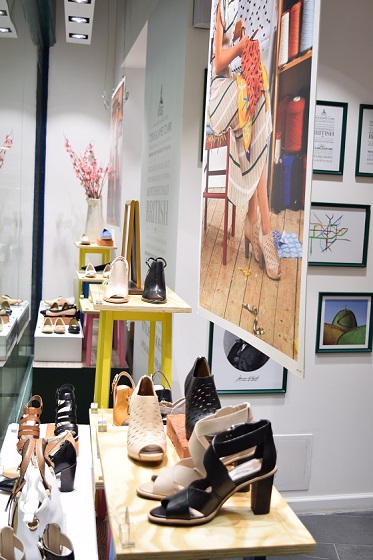
The new store looks ever so fresh and modern. Clarks in Latin America is a premium brand, with premium prices, and it has been cleverly positioned as such. It has a subtle yet unquestionable British flavour.
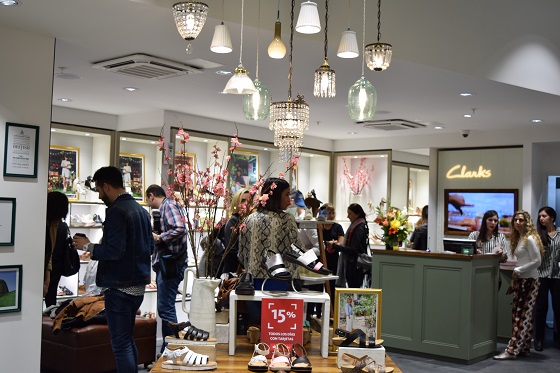
The press event today was carefully designed and executed, down to the very last detail. And I had the pleasure of meeting Cynthia Catz, Clarks’ brand manager for Uruguay. So I had to ask her about Clarks’ success…
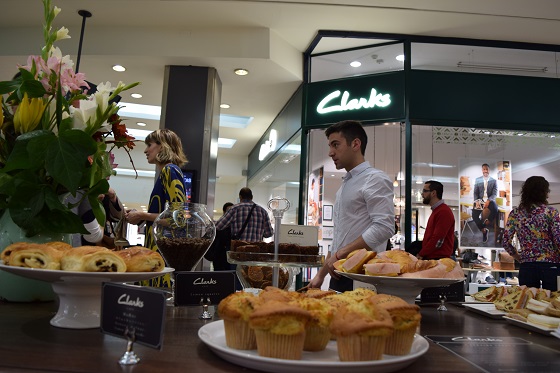
The connection between Cynthia’s business group and Clarks started over six years ago, when the retailer was looking for a local partner and her firm was chosen as the ideal companion in a long-term journey. They now operate the Clarks franchise not only in Uruguay, but they have also rights for Argentina, Brazil and Paraguay. In Chile, Clarks have partnered with Falabella (a retail multilatina) and they also have a different partner for Central America.
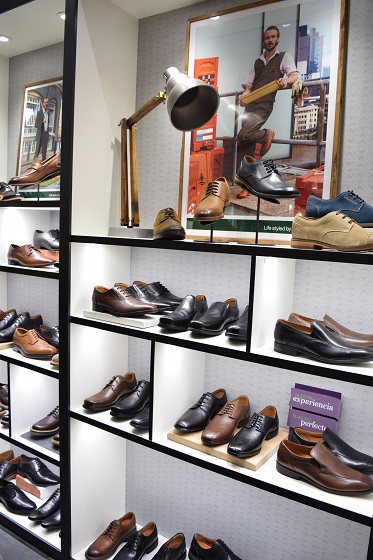
Why did they want to work with Clarks? Well, “it was the perfect brand”, says Cynthia. The product, the marketing, the service to their franchisees. She jokes they are “the Coca-Cola of shoes”, so professional. They started off with a concession and after two years they opened a standalone Clarks store. A year after that, the second store opens.
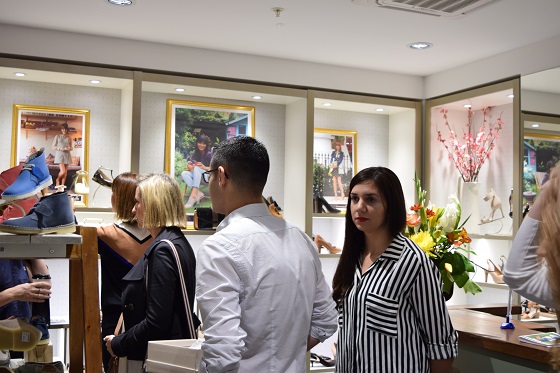
I was positively surprised to see so many bloggers invited to today’s event (I’m getting to know them, thanks to Itau MoWeek recently!), Cynthia explains that they want Clarks to be associated not just with retail but with those intangible aspects of fashion that raise the brand above the rest. She wants influencers to be involved, she wants Clarks associated with a special sensitivity that fashion-conscious people have. That’s why she’s partnered with Estudio Couture and fashion blog Blog Couture, and that’s why she has included the “shoelfie station” today. Nothing left to luck!
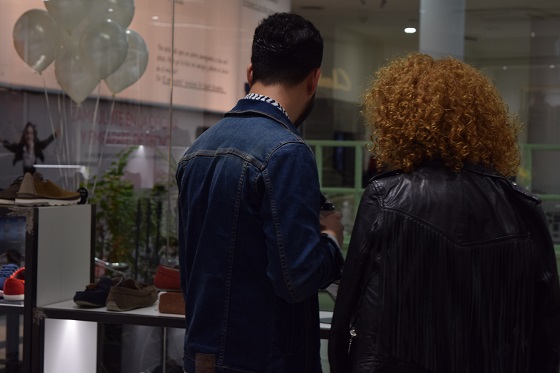
Cynthia explains that the British origin of the brand definitely adds value. The consumer who buys Clarks in Uruguay is well-travelled and has seen Clarks in other countries, including the UK. How would she define the Uruguay consumer? As someone “very cautious, very classic”, informed, and globally-minded. This consumer is also now more willing to pay higher prices for good shoes because they value quality and want premium brands that look after their feet.
I had to ask Cynthia and her colleague Daniel about the evident lack of children’s shoes at their stores in Uruguay. The answer is simple: they would be priced-out, their children’s shoes would be way too expensive and Uruguayans aren’t willing to pay that much. Also, the local consumer pays high prices for trainers (Reebok, Nike, Adidas) but not for “proper” shoes, because there is little use for them, children tend to mainly wear trainers. What’s more, the way in which Clarks sizing works for children, would really challenge their stock-holding. But they wouldn’t rule it out in the future.
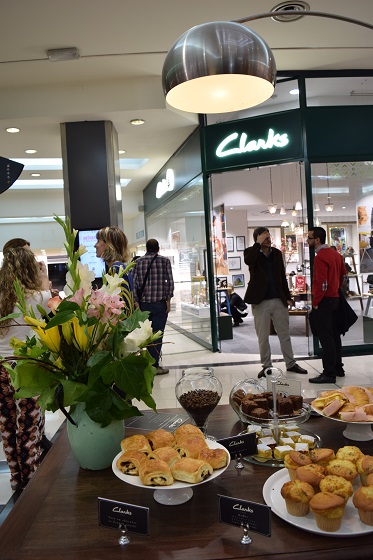
Talking about prices, Daniel tells me that the face a 25-35% import duty, plus other importation costs, plus 22% VAT, which makes the shoes very expensive. He understands the logic behind this, in order to protect local shoe manufacturers. On the positive side, he explains that the actual importation process is not an issue. So they have to find a consumer willing enough to pay the premium prices for Britain’s best-loved shoe brand.
So far, and looking at the growth of Clarks in Uruguay, I can tell you that the consumer is here, and more than ready to buy.
